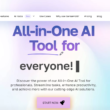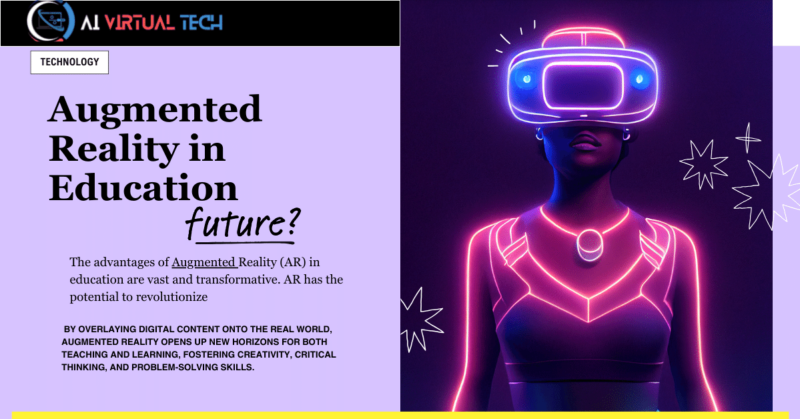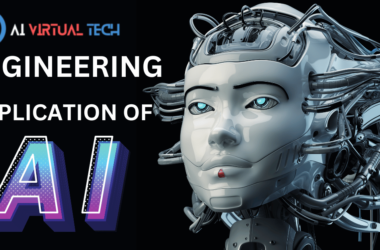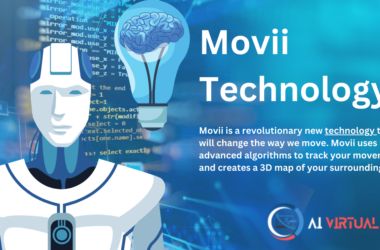The advantages of Augmented Reality (AR) in education are vast and transformative. AR has the potential to revolutionize the learning landscape by providing immersive and interactive experiences that enhance student engagement and understanding. By overlaying digital content onto the real world, Augmented Reality opens up new horizons for both teaching and learning, fostering creativity, critical thinking, and problem-solving skills. Through Augmented Reality, students can explore complex concepts in a visual and interactive way, making learning more enjoyable and memorable.
Advantage 1: Enhanced Learning Experience
- Augmented Reality (AR) offers an interactive learning experience that’s both enjoyable and effective.
- It transforms abstract concepts into tangible models, making them easier to comprehend. This technology has the power to visually illustrate complex theories, enhancing students’ understanding considerably.
- AR also cultivates an immersive learning environment, where students can study and explore subjects in depth.
- By engaging multiple senses, Augmented Reality helps students retain information longer, making education more effective.
- It benefits visual learners who understand better with the help of images, kinesthetic learners who learn by doing, and auditory learners through accompanying audio descriptions.
Advantage 2: Increased Student Engagement
With Augmented Reality, classrooms become engaging, stimulating spaces. Augmented Reality draws students into lessons, making learning more entertaining and less of a chore.
This technology has the potential to ignite curiosity and encourage exploration in students, key factors in maintaining their interest in education.
The ability to visualize complex concepts and engage with virtual objects in real-time can ignite curiosity and enthusiasm, making learning more enjoyable and effective.
This innovative approach to education not only enhances student engagement but also fosters deeper understanding and retention of knowledge.
They can learn to work collectively on Augmented Reality projects, enhancing their team-building and social skills.
Advantage 3: Accessibility and Flexibility
AR provides unlimited access to educational content. Students can learn anytime, anywhere, removing geographical limitations and time constraints.
Mobile Augmented Reality applications enable learning outside the traditional classroom setting.
Augmented reality (AR) offers students the flexibility to learn at their own pace. With the ability to revisit content as many times as needed, students can ensure a thorough understanding of the subject matter.
By embracing Augmented Reality technology, students can unlock a world of endless possibilities for immersive and personalized education.
Augmented reality also caters to differently-abled students, offering them a more inclusive learning environment.
Advantage 4: Real-World Application
Augmented reality, or Augmented Reality, serves as a powerful tool that bridges the gap between theoretical concepts and practical application.
This interactive and experiential approach to learning adds a new dimension of relevance and meaning, enhancing the overall educational experience.
Lastly, augmented reality (AR) can play a crucial role in preparing students for their future careers.
By immersing students in cutting-edge technology and providing hands-on experiences, Augmented Reality not only enhances their learning but also equips them with the essential skills and competencies required in the rapidly evolving digital age.
Advantage 5: Empowered Educators
AR (Augmented Reality) empowers educators by equipping them with cutting-edge tools to deliver lessons.
It enables teachers to present information in a highly engaging and immersive way, captivating students’ attention and fostering a deeper understanding of the subject matter.
With its ability to enhance visualization and facilitate hands-on experiences, AR revolutionizes traditional teaching methods and opens up new possibilities for dynamic and personalized education.
Moreover, AR can enhance classroom management. With students more engrossed in lessons, teachers can spend less time maintaining discipline and more time focusing on imparting knowledge.
Lastly, AR provides immediate feedback, enabling educators to track students’ progress in real-time. This can help teachers identify areas of improvement and modify their teaching strategies accordingly.
Advantage 6: Enhanced Assessment Methods
AR enables interactive assessment methods, making the evaluation process more engaging and less stressful for students.
Instead of traditional pen-and-paper tests, students can be assessed based on their interaction with AR models.
AR, or augmented reality, also offers the incredible advantage of real-time tracking of student performance.
With this technology, teachers can actively monitor and assess student engagement and understanding throughout lessons, allowing for immediate feedback and personalized support tailored to each student’s needs.
This level of detailed insight empowers educators to create a more dynamic and effective learning environment.

Advantage 7: Future-Ready Learning
AR is reshaping the future of education. It prepares students for a digitally-advanced future, equipping them with necessary technological skills.
By visualizing abstract concepts and providing interactive learning opportunities, AR technology creates a dynamic and interactive educational environment that captivates learners and fosters a deeper understanding of scientific principles.
With AR, students can explore the intricacies of physics, biology, and mathematics in a hands-on and captivating way, igniting their curiosity and passion for STEM.
By leveraging the endless possibilities of AR technology, we can enhance the learning experience and prepare students for a successful future.
Let’s embrace the power of AR in education and take our classrooms to new heights! So, let’s continue to explore further advancements in this
Summary
In summary, Augmented Reality (AR) has numerous advantages in education. From increasing student engagement to personalized learning experiences, AR offers a range of benefits for students and educators alike. By incorporating AR technology in classrooms, we can enhance the learning experience and prepare students for a future that is increasingly reliant on technology.
Frequently Asked Questions (FAQS)
Q1: How does Augmented Reality (AR) enhance student engagement?
A1: AR enhances student engagement by providing immersive, interactive learning experiences. It transforms abstract lessons into tangible experiences, making students more curious and invested in their learning.
Q2: What role does AR play in personalized learning?
A2: AR can adapt to individual learning styles and preferences, offering a personalized learning pathway. It allows students to explore and learn at their own pace, thereby enhancing comprehension and retention.
Q3: How can AR help in visualizing abstract concepts?
A3: AR can transform complex, abstract concepts into visual and interactive experiences. This helps students to better understand and remember these concepts, as they can interact with them in a more tangible way.
Q4: Can AR inspire students to pursue careers in technology?
A4: Yes, by exposing students to high-tech learning tools such as AR, it can stimulate interest in technology and potentially inspire them to pursue tech-related careers in the future.
Q5: How can AR prepare students for a tech-reliant future?
A5: By integrating AR into classrooms, we expose students to the practical application of advanced technology in their day-to-day learning. This prepares them for a future where technology will permeate all aspects of life, including work environments.
Conclusion:
As technology continues to advance and become an integral part of our daily lives, it is essential for students to be prepared for a future that will heavily rely on it. Augmented Reality offers a unique and effective way of enhancing student engagement, personalizing learning, visualizing abstract concepts, and inspiring interest in technology-related careers.













